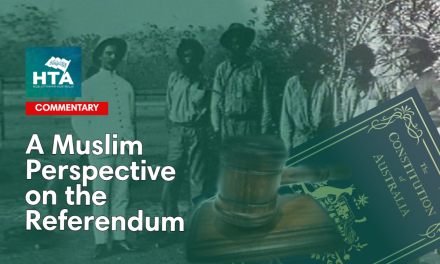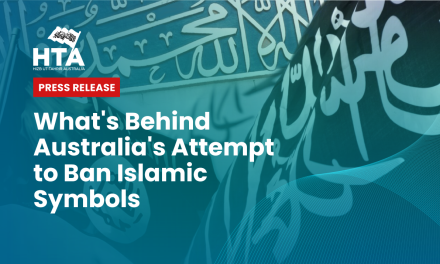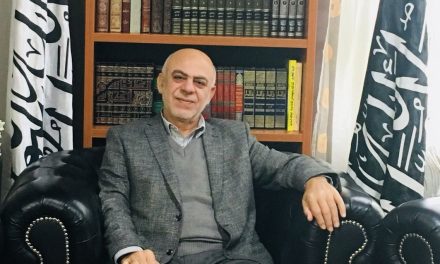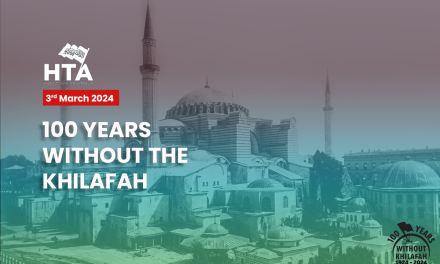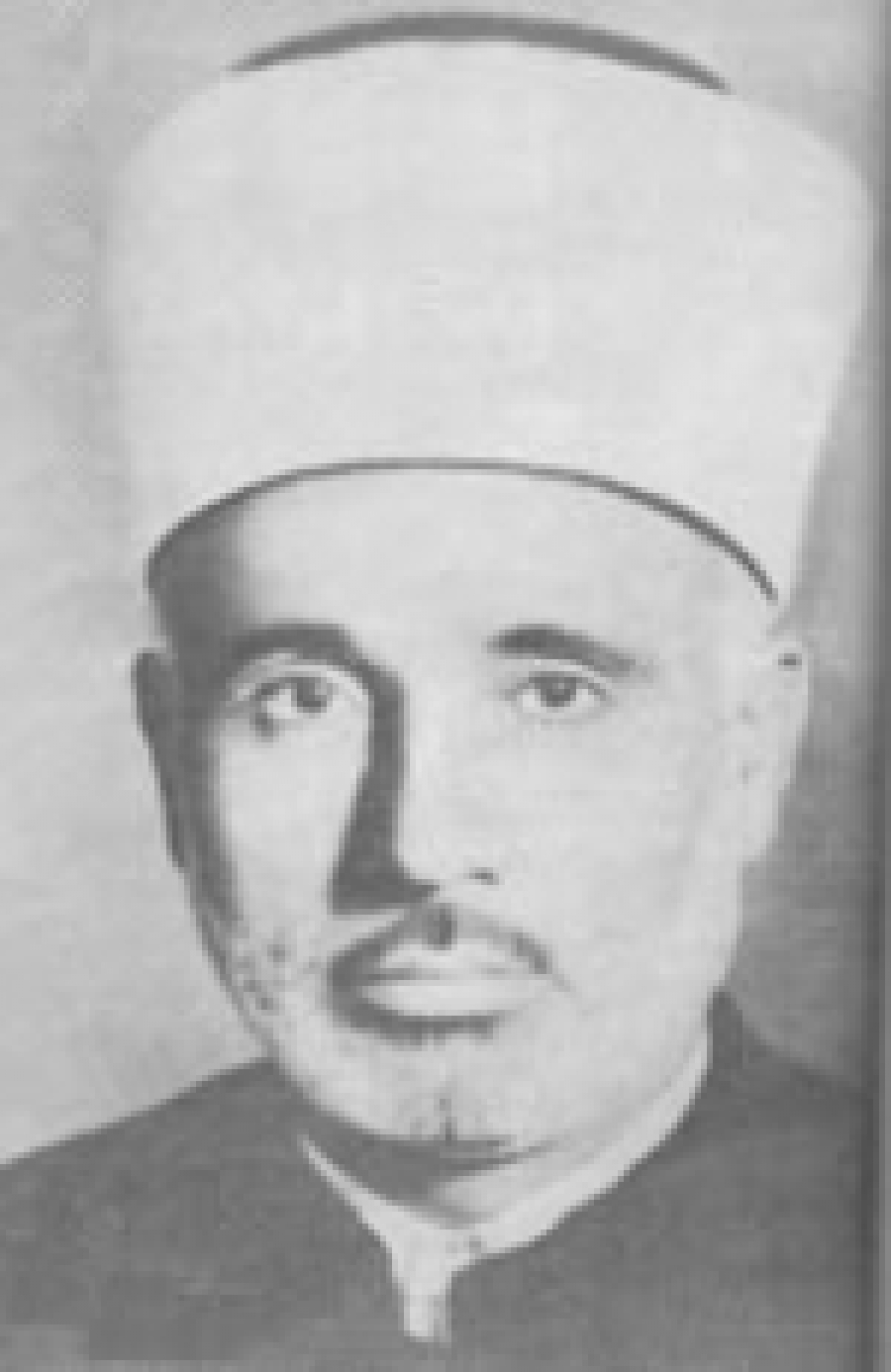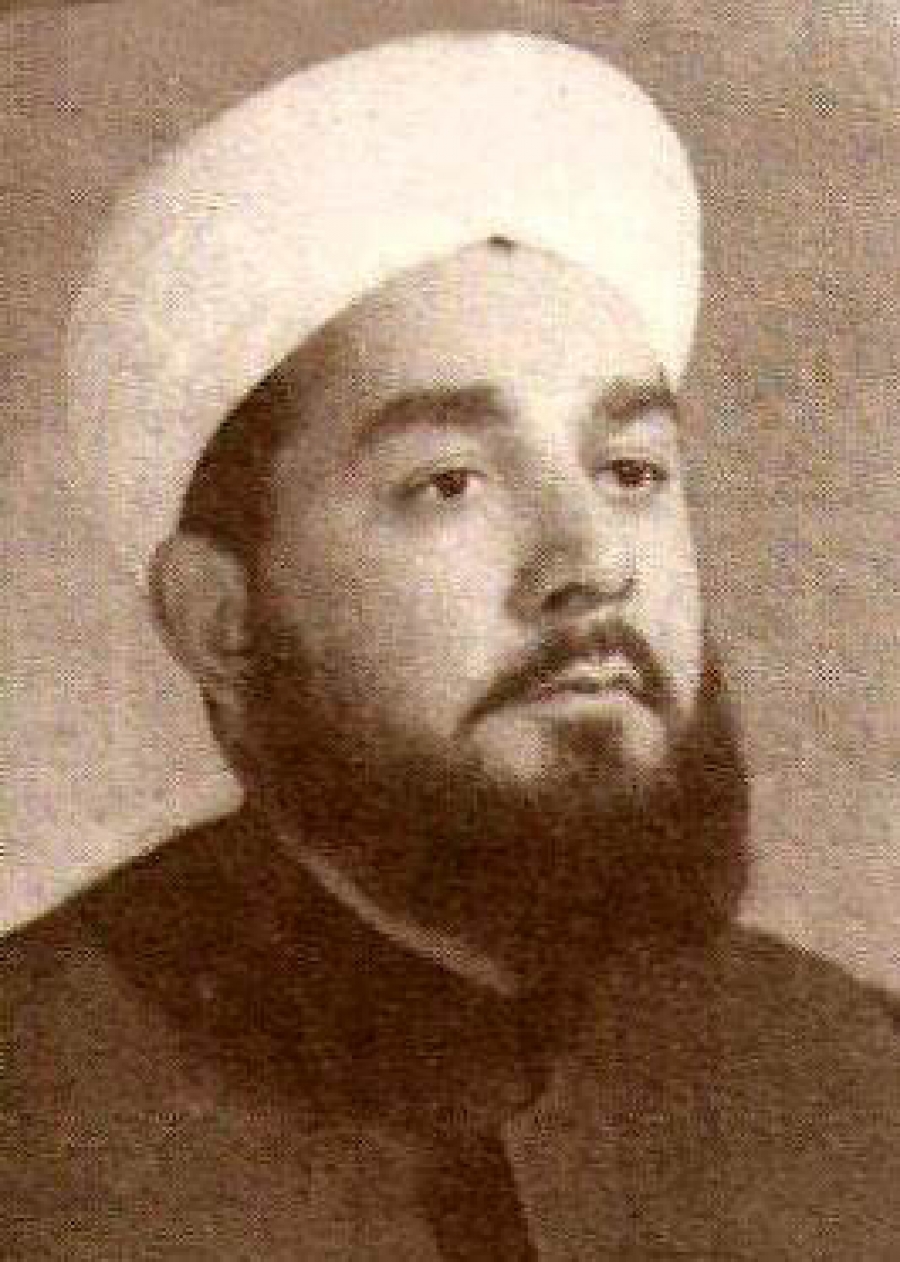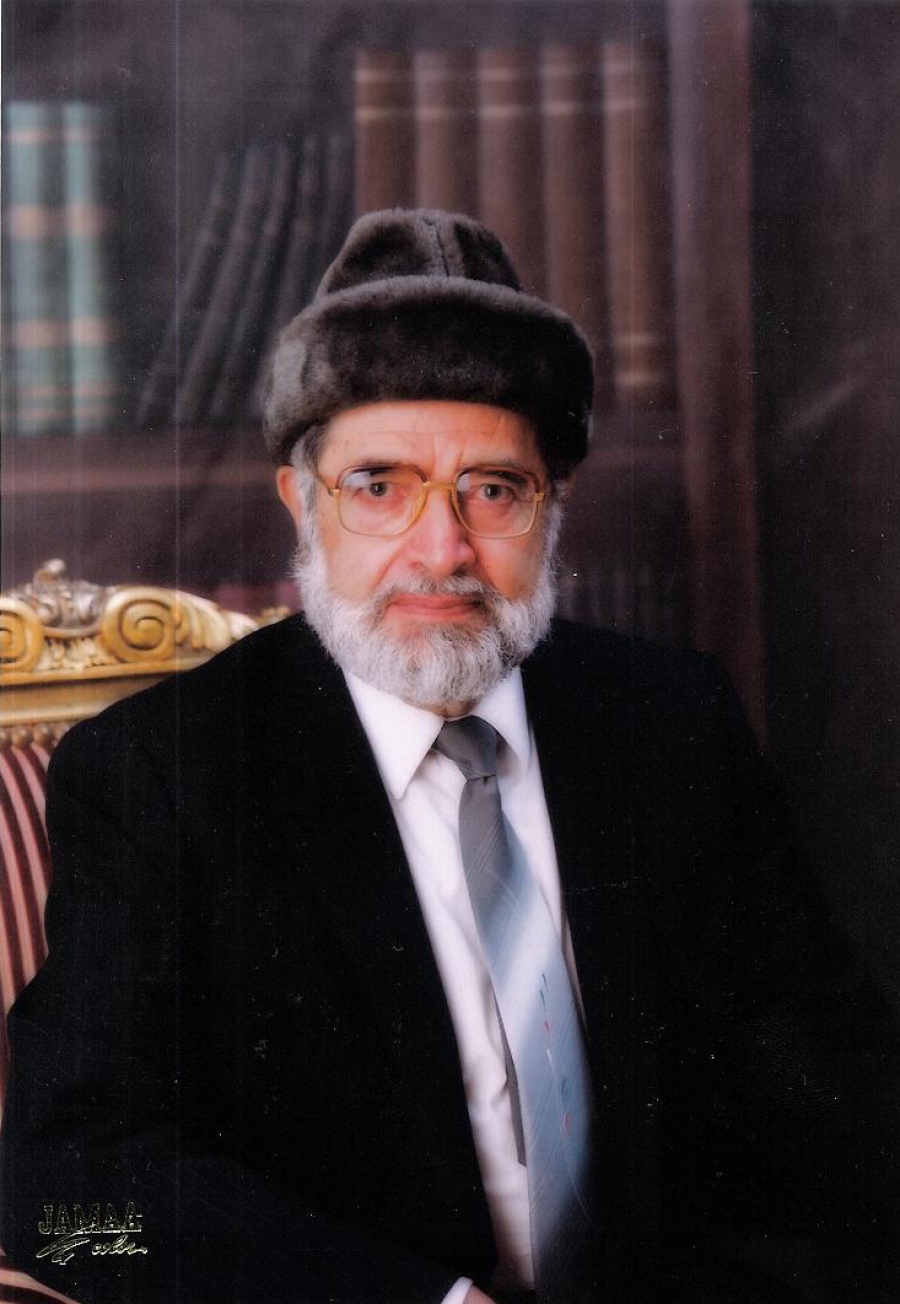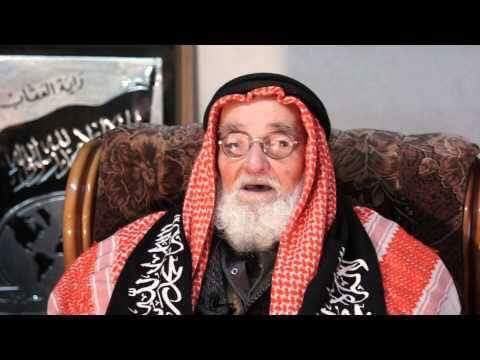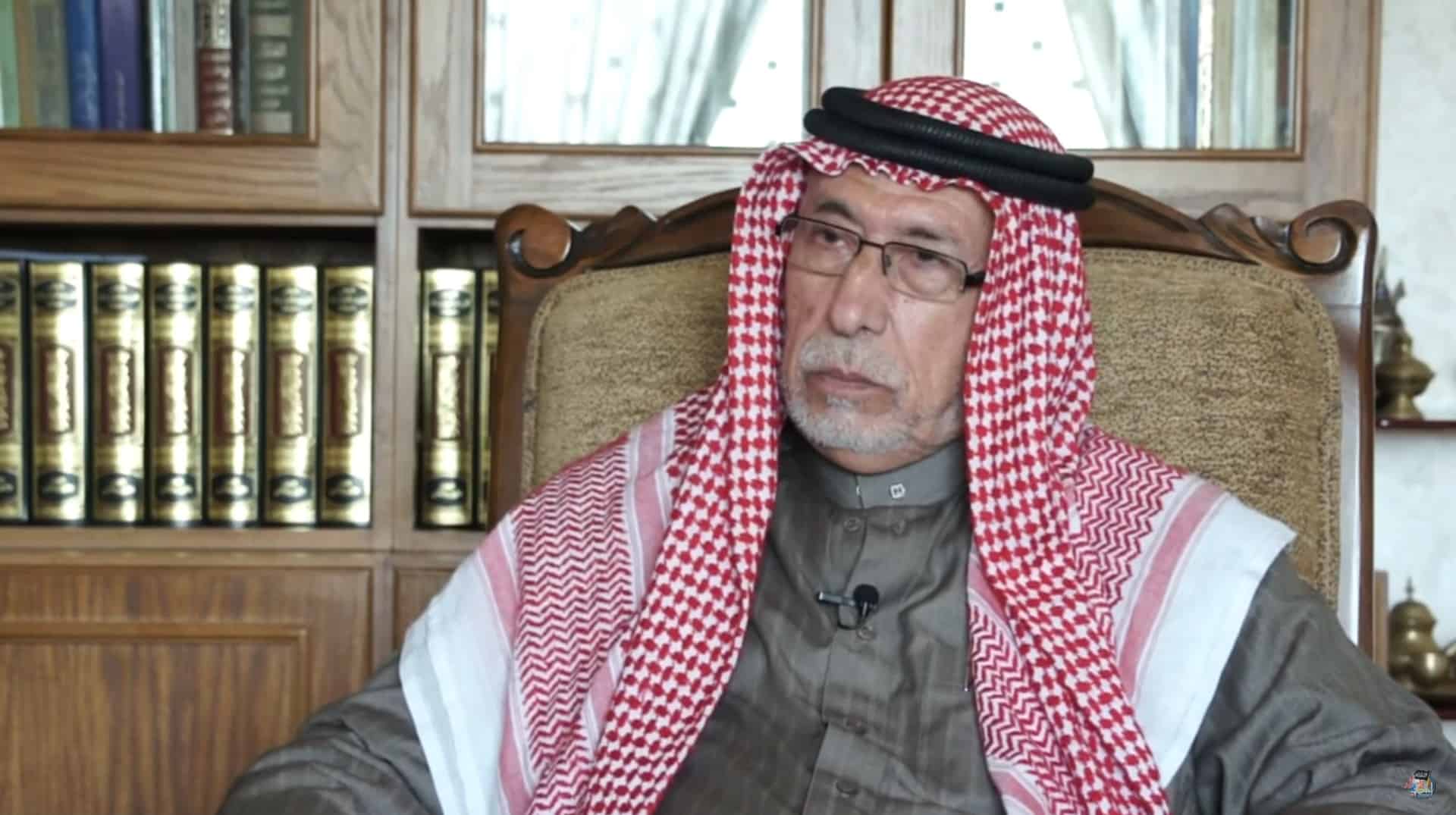Sh. Taqiuddin al-Nabhani is the erudite scholar, mujtahid, qadi, author and activist. He is founder of Hizb ut-Tahrir and its Ameer from 1953-1977.
He is Muhammad Taqiuddin bin Ibrahim bin Mustafa bin Ismail bin Yusuf al-Nabhani. He belonged to the ancient Arab tribe of Bani Nabhan from North Palestine. He was born in the village of Ijzim, within the district of Haifa, in 1909.
Background
While his father was also a scholar of Islamic jurisprudence, and accordingly worked as a lecturer in Islamic Law or Shari’ah, his mother mastered the Islamic sciences and was also an Islamic scholar. She had been taught by her father, the famous Ottoman poet, Islamic scholar, and Islamic judge Sheikh Yusuf an-Nabhani, who was appointed as judge at different Shariah courts in Jenin, Constantinople, Mosul, Latakia, Jerusalem and Beirut. The Islamic surroundings in which Taqiuddin grew up in, contributed to the consolidation of his personality, so he was able to memorise wholly & rehearse the entire Qur’an by heart at 12 years of age. Through his grand-father, he was introduced into the then relatively sound world of politics of the Ottoman Khilafah. His grandfather (father of his mother) Sheikh Yusuf an-Nabhani was known to have strong ties with high-ranking state personalities in Istanbul, Iraq, Syria, Palestine and Lebanon. His grandfather was Yusuf bin Ismail bin Yusuf bin Hasan bin Mohammed An-Nabhani Al-Shafii (Abu Al-Mahasin). He was a prominent judge in the Ottoman state and was in charge of judicial affairs in the Jenin area that belongs to the Nablus district in Palestine.
Education
The sagacity and intelligence he was able to show during Islamic study circles held by his grandfather, convinced the latter, that the exposed capacity should be promoted by all means. Instead of accomplishing his secondary Shari’ah legal education in Haifa, al-Nabhani headed for Cairo, where in 1928 he boldly enrolled at both the al-Azhar University and the Dar-ul-Ulum college of Cairo at the same time. He graduated from both, according to the traditional education curriculum, in 1932, obtaining the Universal Shari’ah Diploma, with excellent academic achievement. At al-Azhar he attended different extra-curricula circles, held by famous scholars such as Sheikh al-Akhdar Hussein, where he showed capacity during debates and discussions.
Career
On his return to Palestine he worked as a teacher from 1932 to 1938, but because he abhorred the corruption in this field at that time, he shifted to the judiciary. In his eyes, education and all the hereto-related curricula were laid down by Western colonialist nations, and were therefore prone to corruption. Judiciary, he felt was a safer haven, as it rested in its entirety on Islamic jurisprudence and the Ottoman Islamic laws were still applied. He applied to the high court in Palestine, which consequently appointed him in different judicial areas in Bisan, Tiberias and later Haifa. He also held the position of a legal Assessor from 1940 to 1945. From this date until Palestine was occupied in 1948 he held a very high position at the court of Haifa. The exodus from Palestine that followed, took him to Syria, nevertheless, a short while later he was summoned back to Jerusalem which at the time wasnot occupied by Israel, where he was appointed as Shari’ah judge or Qadi in the Court of Appeal, where he remained until 1951. He stepped down in 1951 and went to Amman, where he held numerous lecturer posts at the faculty of Islamic Sciences.
Politics
The political activities of Sheikh Taqiuddin an-Nabhani started very early. Before establishing Hizb ut-Tahrir he had no organised political activity, save for the period in his teens and twenties he had spent with the famous mujahid Sheikh Izz ad-Din al-Qassam, whom he helped lay down plans for the well known revolutionary upheavals against British colonial rule, and against plans to set up the state of Israel by the Zionist movement. He also met with the Muslim Brotherhood, and exchanged views with Sayyid Qutb. Many of his early al-Azhar colleagues later bore witness to his tireless activity in attending political and Islamic study circles. They also praised his contribution to numerous political discussions during which he did not abstain from criticising the internal circumstances, which he believed had led to the political and intellectual downfall of both the Muslims and the Islamic Caliphate. In addition, he used to urge the Ulema at al-Azhar to give up the adopted lassitude vis-à-vis the Ummah and her affairs and appealed to them to seek the best way for revival.
On his return to Palestine, he became more and more aware of the Westernisation of the Islamic Ummah by colonial powers such as Britain and France. The loss of Palestine in 1948 together with the failure of a coup attempt by Abdullah al-Tall in Jordan to which al-Nabhani had been party convinced him that only a structured and deep intellectual work could bring the nation back to its glory and strength. Consequently he began preparations relating to the Party structure, literature and the like, as early as 1949 while he was still a judge at al-Quds. In his first written work, which appeared in January 1950 under the title Inqadh Filastin (Saving Palestine), he showed how deeply rooted Islam had been in Palestine since the seventh century. He also analysed the main cause for the set backs which had befallen the Arabs which, as he said, was due to nothing but the fact that the Ummah had resigned and submitted itself to the greedy colonial powers. In August 1950 he sent a long letter, published later as a book entitled Risalat al-Arab “The Message of the Arabs”, to the members of the Culture Summit of the Arab League in Alexandria, Egypt. In his exposition of the matter, he stressed upon the point that the true and real message of the Arabs is Islam, on whose basis alone the intellectual, and hence, political revival of the Ummah could be achieved. As no reaction was forthcoming by the Summit members to this letter, Sheikh Taqiuddin an-Nabhani was now convinced, more than at any time before, that establishing a political party was essential.
Hizb ut-Tahrir
While employed at the Ibrahimiyya School al-Nabhani contacted numerous individuals and personalities such as his colleagues As’ad and Rajab Bayyud Tamimi and Abdul Qadeem Zallum and other about the formation of a political party.
By the end of 1952, and early 1953, the whole matter was put into practice and Hizb ut-Tahrir was established in al-Quds Jerusalem. Taqiuddin an-Nabhani together with Dawud Hamdan, Ghanim Abduh, Munir Shuqayr and Dr. Adil al-Nablusi in accordance with the until then practiced Ottoman Law of Societies, sent a notice to the governor of Jerusalem and the Jordanian government, informing the authorities about the establishment of the Party. The Jordanian government however, reacted instantly, and issued a decree banning the Party, and declaring its activities illegal. Hizb ut-Tahrir, nevertheless, ignored this action and continued with its work in al-Quds, al-Khalil, Nablus and other towns and villages. Harsh reactions were to follow by the government against the Party members, and these continue until this day.
Consequently the “Preaching and Guiding Law” was issued in 1954, with the objective of banning Party members from giving talks in mosques. Despite harsh repression, the Party has been able to grow immensely, stretching its work throughout the Muslim world, and even reaching remote parts of the globe like Aceh.
After al-Nabhani left Jordan for a short trip to Damascus and Beirut sometime in 1955 the Jordanian government passed an edict effectively barring al-Nabhani ever returning to the kingdom. Consequently al-Nabhani re-located to Damascus and later Beirut from where he led the party.
During 1973 whilst on a trip to Iraq, al-Nabhani was imprisoned by Iraqi security services and severely tortured. He was spared only due to the Iraqi security services misidentifying him as a scribe of the party and not its leader. His release was secured soon after however, upon the intervention of a prominent Lebanese personality to whom al-Nabhani was related by marriage.
Death
Due to the continuous harassment and persecution by the Jordanian government al-Nabhani was forced into giving up his role in public life. Sheikh Taqiuddin an-Nabhani died in Beirut on 20 December 1977, and was buried at the al-Auza’i cemetery.
His Books
He authored numerous works of immense depth and ingenuity. Among them:
- Inqadh Filasteen [Saving Palestine] – 1950
- Rislatu al-Arab [Message to the Arabs] – 1950
- Nidham al-Islam [The System of Islam] – 1953
- Nidham al-Hukm fi al-Islam [The Ruling System in Islam] – 1953
- Nidham al-Iqtisadi fi al-Islam [The Economic System in Islam] – 1953
- Nidham al-Ijtima’i fi al-Islam [The Social System in Islam] -1953
- Takattul al-Hizbi [Party Structure] – 1953
- Mahafeem Hizb ut-Tahrir [Concepts of Hizb ut-Tahrir] – 1953
- Dawlah al-Islamiyyah [The Islamic State] – 1953
- Shakhsiyyah al-Islamiyyah [The Islamic Personality (in three volumes)] – 1960
- Muqadimat al-Dustor [Introduction to the Constitution] – 1963
- Nida al-Haar ila al-Muslimeen [A Warm Call to the Muslims] – 1965
- Mahafeem Siyasiyya li Hizb ut-Tahrir [Political Concepts of Hizb ut-Tahrir] – 1969
- Afkar Siyasiyya [Political Thoughts] – 1972
- Tafkir [Thinking] – 1973
- Sura’t al-Badiha [Presence of Mind] – 1976
Al-Shakhsiyya al-Islamiyya, over 1200 pages in three volumes, is his magnum opus and a true masterpiece.
The first volume puts down firm foundations for belief and the fundamentals of Islamic thought. It deals with the crucial issue of the basis & formation of the Islamic personality, and purviews the Islamic sciences related to the Qur’an, its revelation and its compilation, the Sunnah, Hadith, its sciences and classification, Fiqh and its principles (Usul Al-Fiqh), Ijtihad and Taqleed, Seerah, History, Tafseer in the past and present and the correct method of performing tafseer.
The second volume discusses the how fiqh is to be studied and moves on to present the fiqh, with evidences, of various important societal aspects of Islam with which the current generation of Muslims is less aware, such as the detailed fiqh of Khilafah, Jihad, War and Peace, Lands, Trade and Hiring. It also discusses varied issues such as slavery, hijrah and photography.
The third volume is dedicated to the science of Usul al-Fiqh. It is a masterpiece written on the classical model of Usuli scholars both in form but also style by focusing not on presenting the various opinions that exists on every issue (as many later scholars took to doing) but discussing each issue on its merits and evidences to seek the strongest view. It is not yet translated into English.
The following is an audio lecture about the life of Sh. Taqiuddin al-Nabhani by Ust. Kamal Abu Zahra.
![]()


